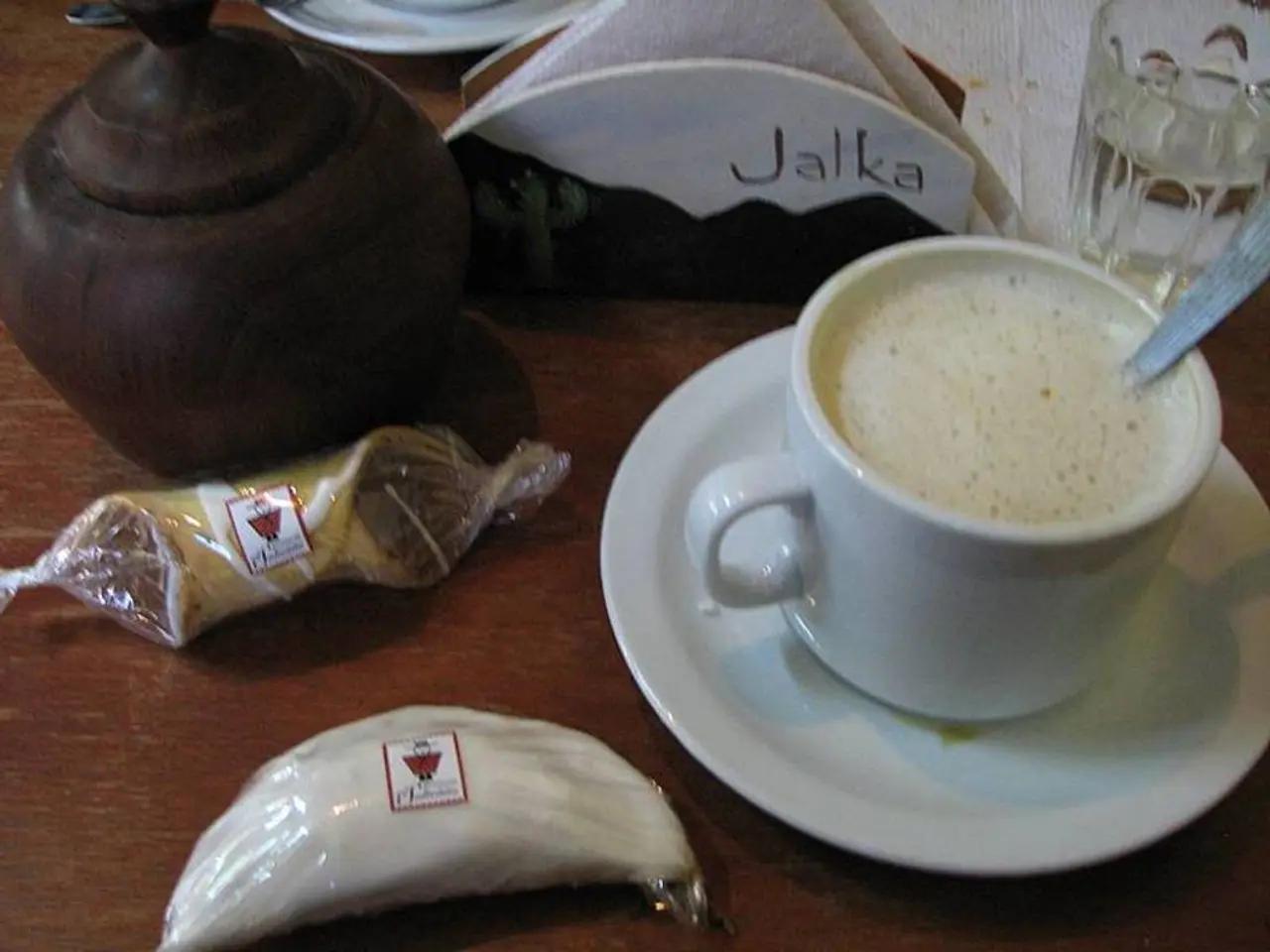Expanding Human Milk Fortifier Industry Predicted to Reach USD 9.9 Billion by 2034
The Human Milk Fortifier (HMF) market is experiencing significant growth, driven by product advancements and increasing clinical evidence supporting their benefits for preterm and very low birth-weight infants. The global HMF market is projected to grow from approximately USD 331.7 million in 2024 to USD 852.6 million by 2034, with a compound annual growth rate (CAGR) of 9.9% from 2025 to 2034 [1]. North America currently leads the market with over 47% share [1].
Product Advancements:
HMF products enhance mother's milk or donor human milk by adding concentrated protein, calcium, phosphorus, vitamins, and micronutrients essential for preterm infants' growth, leading to measurable weight and length gains [1]. The liquid HMF segment is rapidly growing and was valued at approximately USD 500 million in 2023, with expectations to reach USD 1.2 billion by 2032 [3]. Companies like Mead Johnson (Reckitt) have a strong presence in this segment.
Emphasis on human milk-based fortifiers is also growing, as research confirms that fortifiers based on human milk reduce the risk of necrotizing enterocolitis (NEC), a dangerous gut condition in preemies, compared to bovine-based formulas or fortifiers. Studies show up to a 90% reduction in NEC risk with human milk plus human milk fortifiers versus traditional cow milk-based formulas [4].
Accessibility and Industry Trends:
Major industry players such as Nestlé SA, Abbott Nutrition, and Mead Johnson continue to dominate the market and invest in expanding fortifier offerings [1][5]. However, adoption in some countries like India remains limited due to cost concerns, feed intolerance, and operational challenges [1].
Regulatory attention on infant formula safety, including the U.S. FDA’s Operation Stork Speed (2025) review, may boost usage and availability of safer human milk-based products, as it addresses nutrient standards and pushes for transparency and safety improvements [2].
Notable Products:
- MeadJohnson offers Enfamil Human Milk Fortifier, focusing on hydrolyzed proteins for easier digestion in preterm infants.
- Abbott has advanced its Similac Human Milk Fortifier with HMO to support preterm infants' immune systems.
- NeoLacta Lifesciences launched NeoLacta Forte, the first lyophilized (freeze-dried) human milk-derived fortifier in Asia.
- Nestle's Gerber Good Start Human Milk Fortifier incorporates probiotics to support gut health in preemies.
In summary, the human milk fortifier market is advancing with improved formulations and clinical backing for safety and efficacy, especially related to NEC prevention. However, broader accessibility efforts, particularly in emerging markets, remain a focal challenge amid rising market growth and product innovation led by major global players [1][3][4].
- Growth in the Human Milk Fortifier (HMF) market is attributed to scientific advancements and increasing clinical evidence.
- The global HMF market is projected to reach USD 852.6 million by 2034, with a CAGR of 9.9%.
- North America currently holds over 47% share of the HMF market.
- HMF products help preterm infants by adding necessary nutrients for growth.
- Studies indicate that human milk-based fortifiers reduce the risk of necrotizing enterocolitis (NEC) compared to bovine-based formulas.
- The liquid HMF segment is growing rapidly and made up USD 500 million in 2023.
- Companies like Mead Johnson and Nestlé SA are leading players in the HMF market.
- Adoption of HMF in countries like India is low due to cost concerns, feed intolerance, and operational challenges.
- Regulatory attention on infant formula safety may boost the usage of safer human milk-based products.
- MeadJohnson's Enfamil Human Milk Fortifier focuses on hydrolyzed proteins for easier digestion.
- Abbott's Similac Human Milk Fortifier features HMO to support preterm infants' immune systems.
- NeoLacta Lifesciences introduced NeoLacta Forte, Asia's first lyophilized (freeze-dried) human milk-derived fortifier.
- Nestle's Gerber Good Start Human Milk Fortifier incorporates probiotics to support preemies' gut health.
- The HMF market is being shaped by advanced formulations and clinical evidence for safety and efficacy.
- Emerging markets face challenges in making HMF products more accessible.
- The HMF market growth is driven by product innovation led by major global players.
- Data standards and safety improvements in the infant formula industry are crucial for addressing concerns and boosting usage.
- The health-and-wellness industry increasingly emphasizes the importance of proper nutrition.
- Fitness-and-exercise routines play a significant role in maintaining cardiovascular health as well as overall wellness.
- The manufacturing industry continues to evolve as technology advances in robotics, automation, and energy efficiency.
- Neurological disorders, such as Alzheimer's disease and Parkinson's disease, are prominent chronic conditions requiring medical research and treatment.
- Nutrition plays a key role in managing chronic diseases like cancer and diabetes.
- The aerospace industry, driven by advancements in space exploration and smart technologies, is a growing sector in the global industry.
- Retail strategies, including sustainable practices and leveraging technology for personalized consumer experiences, are essential in staying competitive in the retail landscape.
- Entrepreneurship fosters innovation and economic growth across various sectors, including interior design, cooking, transportation, and small business.
- Diversity-and-inclusion initiatives, Management practices, and leadership styles are crucial in contemporary businesses to foster innovative and productive workplaces.
- Cooking, interior-design, and fashion-and-beauty industries place high emphasis on creativity, functionality, and personal preferences.
- The automotive industry, driven by advancements in smart technologies and autonomous vehicles, is shaping the future of transportation, while personal finance concepts like budgeting and debt management are crucial for investing and wealth management in the housing market.




